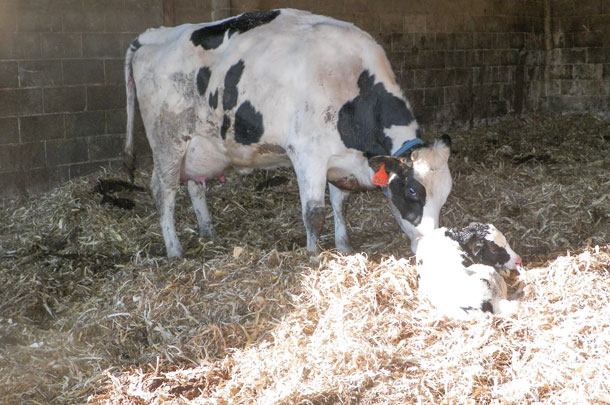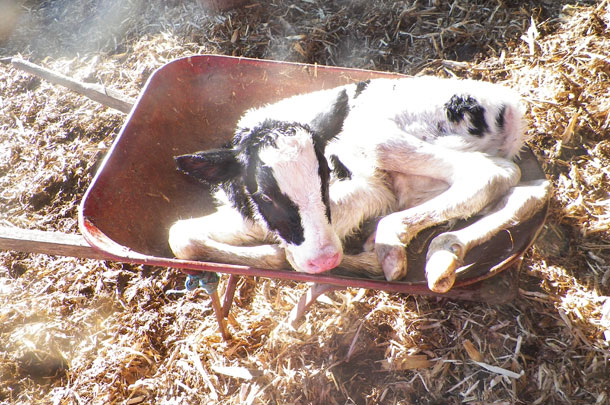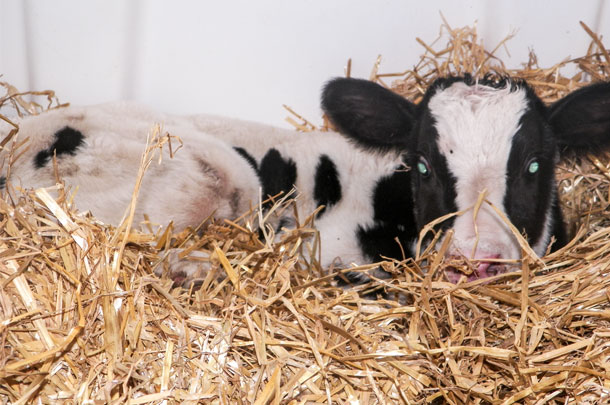Picture this: A cow is calving on a cold January night. After a few hours, a beautiful heifer calf is born. The calf has one job: to stay healthy. I have one job: to keep her that way.
It's just below freezing temperatures on this night, and of course, she is born the same way all calves are – covered in fluid. We have a nice bedded pack pen for our cows to calve in, and we've been bedding it extra heavy this winter, but it's not enough. Mama does her best to keep the calf warm, but even still, it's not enough.

I've tried many ideas to keep these newborn calves warm, but most attempts were unsuccessful. I’ve used jackets, but putting a blanket on a wet calf does little to improve her temperature. I've towel dried the calves, but their ears never get dry enough and can sometimes result in frostbite. I've also tried putting them in my warm office (which ends in a big mess and awkward conversations with salespeople who visit). Eventually, I saw an advertisement for a calf warming box. This seemed like a no-brainer. All you have to do is plug it in, place the calf inside, and it will warm her as long as you want. So we ordered one.
A large, blue igloo arrived in three separate pieces: a bottom with a slatted lining, a shell to go on top and a heater box that slides into a holder on the bottom. It was very simple to assemble. Of course, the first thing I did was turn it on and close myself in. I’m not going to put my calves inside without making sure it is safe first. There is a vent on the side of the box to keep air flowing inside. It was actually pretty cozy.

So late that night, we had a calf born and we placed her in the box. She was soaking wet from head to toe, especially her navel. The next morning, I opened the box to find a standing calf (there is enough room for them to stand upright inside), and she was ready for her colostrum. Much to my surprise, she was very rowdy, and her navel was completely dry and barely visible. As someone who fights tirelessly to keep navels clean and dry, this was an awesome thing to see. We continued to use the warming box and had the same results – warm, fluffy calves with perfect-looking navels.

Looking back, I wish we had invested in the warming box sooner. The newborn calves have more energy, less navel issues and are hungrier once they are warm. It is a great holding spot for the calves to keep them clean and safe while we get the mothers milked and colostrum collected. It has made my job with new calves much more enjoyable. PD

-
Kelli Woodring
- Dairy Producer
- Cedar Pine Farm
PHOTO 1: Kelli Woodring has found much success with a calf warming box.
PHOTO 2: When a calf is born in winter, Kelli Woodring knows it’s up to her to keep the calf warm.
PHOTO 3: The calf must be moved to a warm, dry environment as soon as possible, Kelli Woodring says.
PHOTO 4: Kelli Woodring says after spending time in the warming box, newborn calves have more energy and less navel issues. Photos by Kelli Woodring.




